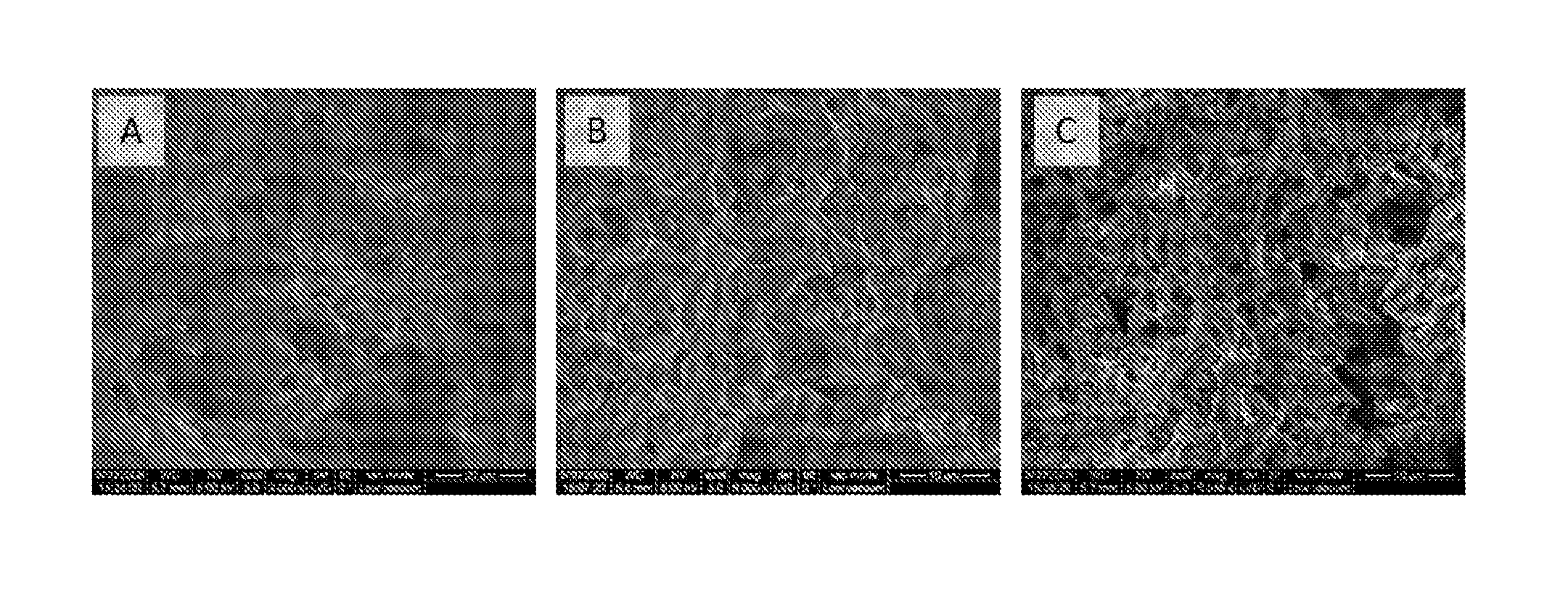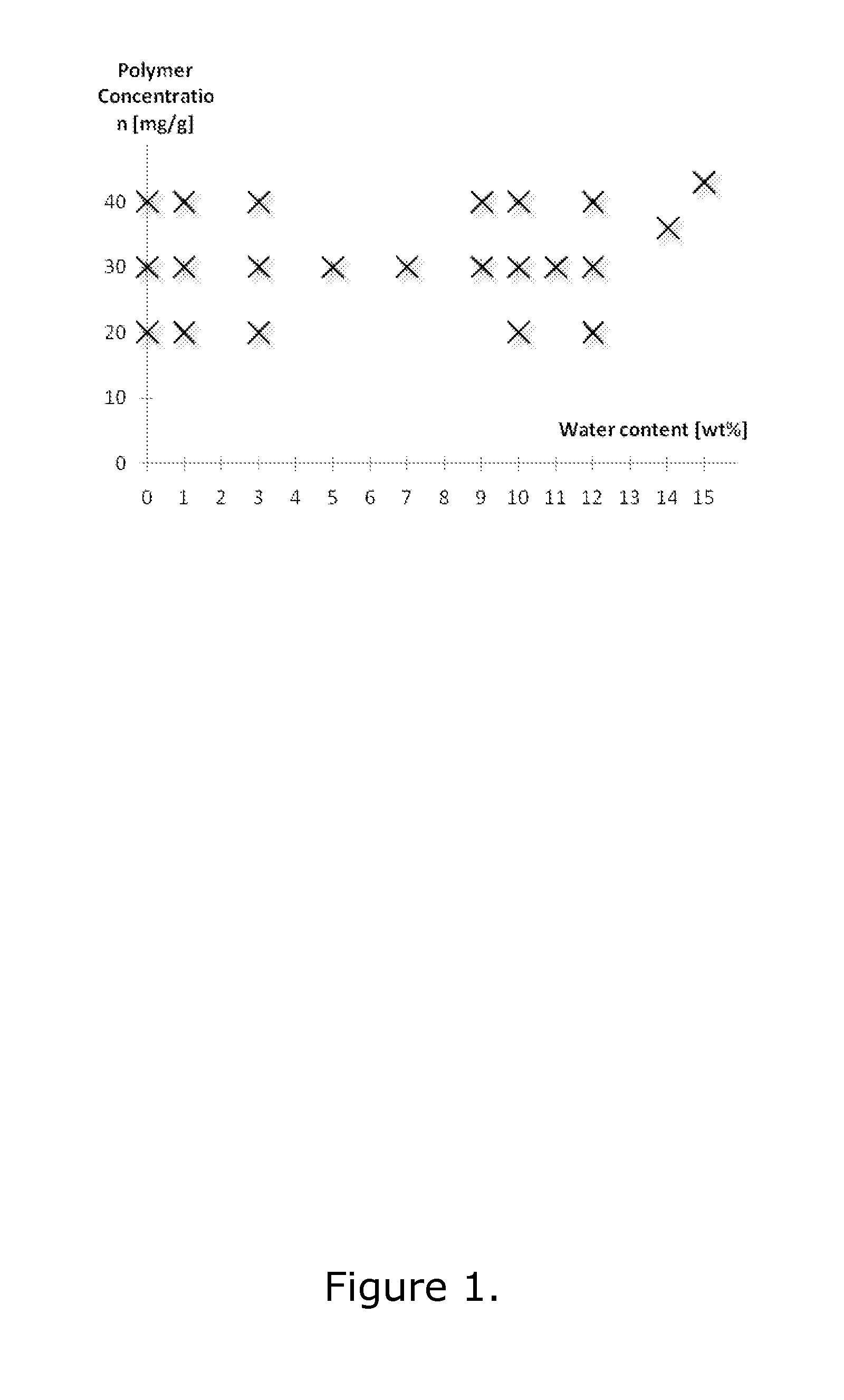Three-dimensional nanostructured hybrid scaffold and manufacture thereof
a nanostructured, hybrid technology, applied in the direction of artificial cell constructions, biocide, prosthesis, etc., can solve the problems of reducing the mechanical stability of the scaffold, catching air, and limited use of isolated biological materials
- Summary
- Abstract
- Description
- Claims
- Application Information
AI Technical Summary
Benefits of technology
Problems solved by technology
Method used
Image
Examples
examples
Manufacturing of Printed and Freeze-Dried Scaffolds
Scaffolds—Freeze-Dried
[0127]Scaffolds were manufactured by thermal induced phase separation (TIPS) followed by freeze-drying of polycaprolactone (PCL, commercial grade 6405, Solvay). Briefly, PCL was dissolved in 1,4-dioxane at room temperature. When a homogenous mixture was obtained, a small amount of water was added. The scaffold preparation was carried out in a laminar flow bench, and the setup is seen in FIG. 1. Three types of scaffolds were biologically tested and denoted e.g. 0.01, 0.03, and 0.07 in accordance with their water content in percent. The polymer concentration was 20, 30 or 40 mg PCL / g dioxane.
[0128]The mixture was cast into glass cylinders (diameter=9.6 mm, at room temperature). Cylinders were transferred into a freeze-drier and temperature lowered (2.5° C. / min) to −25° C. for 20 hours. Because solidification temperature is 12° C. for 1,4-dioxane and 0° C. for water, crystals form at different time points. This pr...
PUM
| Property | Measurement | Unit |
|---|---|---|
| diameter×5 | aaaaa | aaaaa |
| wt % | aaaaa | aaaaa |
| pore diameter | aaaaa | aaaaa |
Abstract
Description
Claims
Application Information
 Login to View More
Login to View More - R&D
- Intellectual Property
- Life Sciences
- Materials
- Tech Scout
- Unparalleled Data Quality
- Higher Quality Content
- 60% Fewer Hallucinations
Browse by: Latest US Patents, China's latest patents, Technical Efficacy Thesaurus, Application Domain, Technology Topic, Popular Technical Reports.
© 2025 PatSnap. All rights reserved.Legal|Privacy policy|Modern Slavery Act Transparency Statement|Sitemap|About US| Contact US: help@patsnap.com



